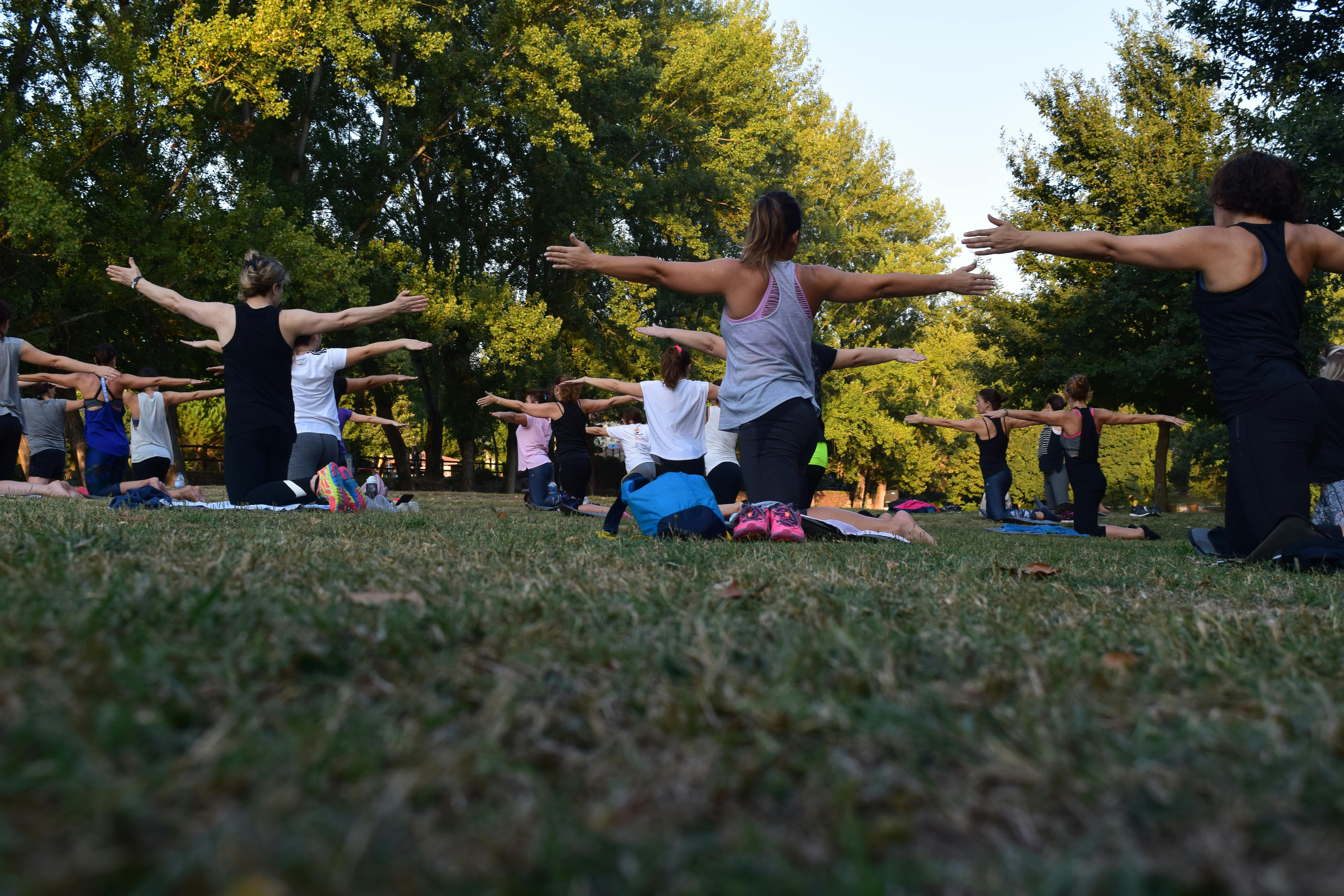Yoga is an ancient Indian practice that has turned out to be very popular all over the world due to its holistic approach toward health and wellness. It consists of breathing exercises, meditation techniques, and mindfulness practices beyond mere asanas—thereby bringing extremely great benefits to both the body and the mind. Now, let us see how yoga contributes to the well-being of a human being and why it would be really life-changing to include it in your daily routine.

Physical Benefits of Yoga
1. Flexibility and Strength: This is probably one of the most apparent effects of yoga: enhanced flexibility. Through constant exercise, this will stretch your muscles and increase flexibility in the joints. This can support the minimizing of stiffness and lowering of the prospect of injuries. Apart from increasing flexibility, many yoga postures enhance strength, typically in the core, arms, and legs, through the holding of these poses and controlled movements.
2. Improved Balance and Posture: Most of the yoga asanas require one to balance themselves in a single position; thus, they work on enhancing coordination and balance of the total posture. It helps people who sit for hours, as it is a practice designed to enforce erect alignment and tone up the muscle holding up the spine.
3. Energy Boosting: Though most exercises of higher intensity drain a person, some yoga practices like Sun Salutations (Surya Namaskar) and Inversions really enrich a person with energy. This creates the sequence for stimulating blood circulation to the body and mind with oxygen, rejuvenating both.
4. Maintains Cardio Health: Poses like Vinyasa or even Power Yoga will work out your circulatory system, which means that you will develop the health and stamina of your heart. It’s the flow of movements with controlled breathing that keeps up a good rate of heartbeat and blood pressure.
5. Pain Management: Chronic pain conditions can be very effectively managed through the practice of yoga. Lower back pain, arthritis, and headache are only a few of the many conditions for which gentle stretching and strengthening of the muscles, together with associated relaxation techniques, bring ease from tension and perhaps promote healing.
Mental and Emotional Benefits of Yoga
1. Stress Reduction and Relaxation: One of the first reasons people go to yoga is for stress reduction and relaxation. Through meditation and mindful breathing, as one does in yoga classes, a person activates their parasympathetic nervous system and induces a response of relaxation in the body. It will help decrease cortisol levels in the body and can show anti-anxiety and anti-depressant effects.
2. More Mental Clarity and Focus: The practice of yoga, motion, breath awareness, and meditative exercises increases mental acuity and clarity. Its regular practice brings about an enhanced sense of focus and concentration, thus maintaining focus on tasks on and off the mat.
3. Emotional Balance: Yoga translates into self-realization, turning inward. It helps develop emotional balance by creating emotional resiliency. The practice of mindfulness by accepting the ‘what is’ cultivates emotional stability and equanimity.
4. Improves Sleep: Regular practice can bring about a stabilizing effect on sleep and will help a person go into deeper, more restorative sleep. Techniques for relaxation and somnolent poses prepare the body and mind for refreshing sleep at night.
5. Mood and Well-being Boost: One’s system releases endorphins and serotonin while carrying out the various yoga exercises, so one usually feels good and well. Many regular practitioners would report a better, more positive feeling about their lives and much easier ways to cope with different life challenges.
Integrating Yoga into Your Lifestyle
1. Ease in, be mindful: If you’re a complete beginner in this arena of yoga, either take a few classes for beginners or follow some online tutorials that focus on beginning poses and proper alignment. In this way, ease into the practice, building up your strength and flexibility slowly.
2. Find a style that suits you: Yoga can be soft, restorative, vigorous, or dynamic. Look around and see what best fits your character.
3. Make it a Habit: For the full benefits of Yoga, take up a regular practice. Brief practices only a few times per week will also come quite a long way to improving your general health—both body and mind—long-term.
4. Off the Mat Practice The themes of yoga—mindfulness, compassion, self-awareness—are to be worked into life. Practice being present and breathing while you’re in those stressed-out moments. Keep that ‘tude of gratitude.
5. Listen to Your Body: Respect the limitation of your body; avoid pushing your body to discomfort. Yoga is all about nurturing and respecting where your body can take you, not about getting perfect in your postures.
Conclusion
Yoga is not only a physical exercise but a holistic practice whereby an individual does develop harmony between body, mind, and spirit. If you include yoga in your daily routine, many its benefits come trickling down to many other aspects of life. Yoga offers versatility and a perhaps very effective way to well-being with respect to flexibility and stress management through the development of mental focus and self-centering. Open your heart and mind to it, and you will realize how strong a tool for change it can be in bettering the quality of your life.